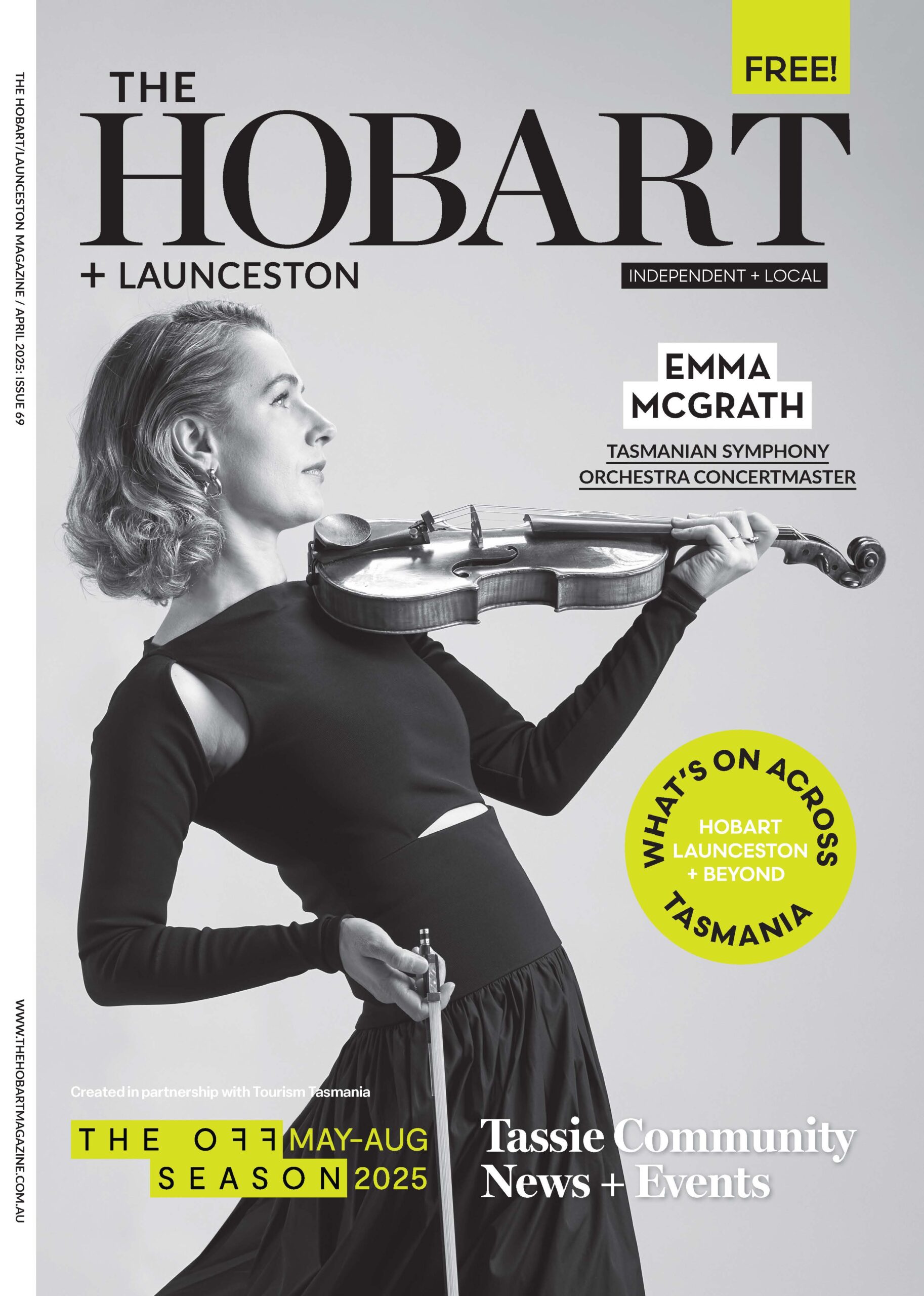Provocative Political ‘Piss-Take’ Revealed At Maritime Museum
by Emily Quintin

History and humour collided with the unveiling of what is perhaps Australia’s earliest-known free-standing full-length statue – a well-dressed colonial gentleman caught in the act of urination – at Hobart’s Maritime Museum.
The statue is 1.3 metres tall and functionally plumbed, with intricate details that have been immaculately preserved. The provocative nature of the work suggests a political statement of contempt rather than a whimsical garden feature – so who does it depict, and who conceived it?
Staff and volunteers at the Museum have been carefully piecing together the clues that have led us to believe the slightly sordid statue depicts Van Diemen’s Land Lieutenant-Governor George Arthur as a form of political protest against the colonial leader who, by the time he was recalled to London, was cheered as he left Hobart.
To arrive at this conclusion, we first looked at the origin of the stone ‘George’ is carved from. It’s a soft, fine-grained sandstone, and our x-ray fluorescence analysis revealed the composition is consistent with Tasmanian Triassic sandstone, more specifically, similar to samples taken from Ross Quarry. The clothing the statue is depicted as wearing is rendered in great detail with visible buttons, seams and fabric creases. The style of clothing is typical of the time that Arthur was in Tasmania, with this particular outfit and square-toed shoes being quite fashionable during the 1830s and 1840s. There are indeed other features consistent with the images of Arthur, even if it is something of a caricature.
We looked at similar sculptures in Van Diemen’s Land from the time, and began with the convict-built Ross Bridge and the role of the two stonemasons Daniel Herbert and James Colbeck. Herbert was responsible for many of the carved figures on the Ross Bridge, he was also known to take private commissions for work, and we’re confident this is his handiwork when compared to similar works of the time in the area.
But who would commission such a statement? Someone who had considerable dislike of Arthur enough to go to the considerable expense of commissioning the piece – a wealthy landowner or merchant perhaps? There were many who were outspoken about Arthur, but few had the animosity, resources and opportunity of William Kermode. Kermode had an antagonistic relationship with the Governor and was a vocal critic. Our researchers believe it feasible that Kermode had enough ill-feeling to consider commissioning this functioning statue – he had ready access to the best stonemasons, and a reliable source of water at his extensive property near Ross.

The statue’s life since it was created is as mysterious as he is, however, it was donated to the Maritime Museum by a local family in 2023 to protect and preserve for future generations.
“This extraordinary work challenges our perceptions of colonial art and political expression,” says Maritime Museum Tasmania President Chris Tassell. “Maritime Museum Tasmania is pleased to be able to present this remarkable and provocative sculpture and we invite the public to join us in unravelling the mysteries of Australia’s earliest known free-standing full-length statue.”
If you’re interested in seeing this enigmatic piece of colonial history up-close, pop into the Maritime Museum, he’s now on permanent display in our upstairs Carnegie Gallery.

